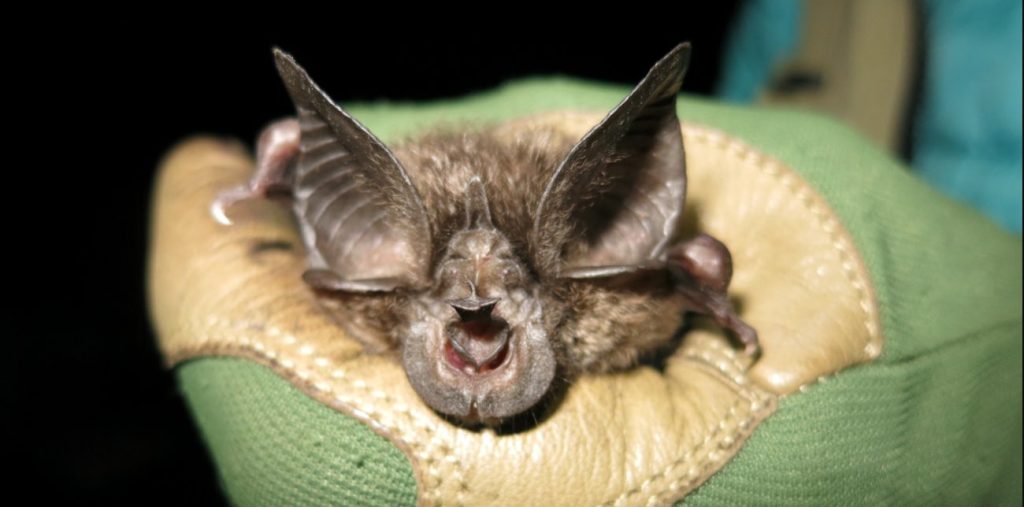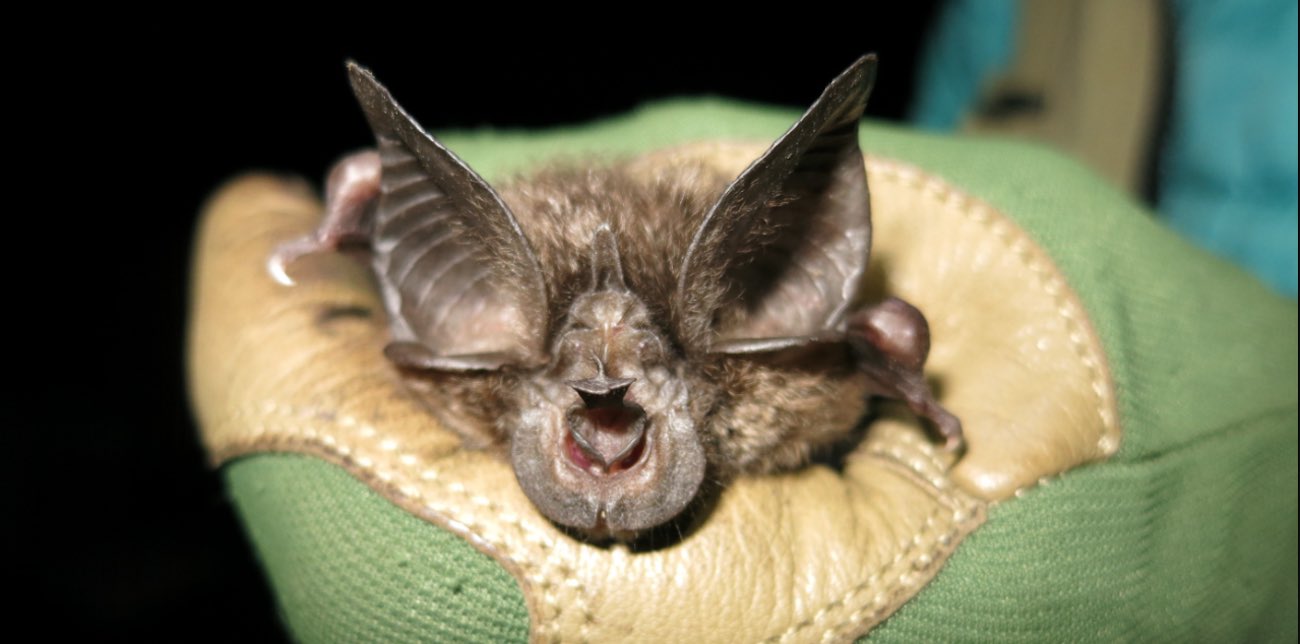
Of more than 1,300 bat species on our planet, this might be the most comical-looking.
So says the chief scientist at Bat Conservation International when describing the Hill’s horseshoe bat, thought to be extinct for 40 years.
“It’s astonishing to think that we’re the first people to see this bat in so long,” said Dr. Jon Flanders, Director of the organization, in a statement last week.
Flanders joined a multi-national team of experts on an expedition to survey a dense cloud forest in Rwanda, where they were delighted to find the ‘lost species’.
The rediscovery marked the culmination of survey efforts that began in 2013. The team’s dedication paid off during a ten-day and night hike into Nyungwe National Park.
“We knew immediately that the bat we had captured was unusual and remarkable,” said Dr. Winifred Frick, BCI’s Chief Scientist. “The facial features were exaggerated to the point of comical. Horseshoe bats are easily distinguishable from other bats by characteristic horseshoe shape and specialized skin flaps on their noses”.
Careful measurements of the bat before they released it back into the wild were an early tip-off that this could be the lost species they came to find. Dr. Flanders then traveled to visit museum archives in Europe to compare the only known specimens to verify that what they had captured in the African forest was, in fact, the first evidence in 40 years that Hill’s horseshoe bat still exists.
Catching this elusive species also allowed the team to collect additional information to ensure it is easier to find in the future – including recording the first-ever echolocation calls that Hill’s horseshoe bat emits as it hunts for insects.
“Knowing the echolocation calls for this species is a game-changer,” said Dr. Paul Webala, Senior Lecturer at Maasai Mara University, and one of the team’s lead scientists.
The pair of Hill’s horseshoe bats were found back in 2019, but scientists are just divulging the details now, having confirmed the species. In the meantime, the Nyungwe Park Rangers have been setting out detectors that ‘eavesdrop’ on the bats during their nightly flights through the forest.
POPULAR: Amazing Quarter-Million Monarchs in 2021, Up From Just 2,000 the Year Before in Migration Count
The rangers conducted audio surveys with Wildlife Acoustics bat detectors in 23 locations over nine months resulting in recording a quarter-million sound files. Analysis of the sound files revealed Hill’s horseshoe bats were heard at eight locations, all within a small area.
“All the work so far confirms that this is a very rare species with a very small core range,” said Dr. Frick.
LOOK: World’s Tiniest Pig at 10-Inches Tall, Once Thought Extinct, Is Returning to the Wild
BCI has published records of the rediscovery in their first dataset shared openly, ON the Global Biodiversity Information Facility.
“Now our real work begins to figure out how to protect this species long into the future,” says Flanders, who will be collaborating with park management, the government, and Rwanda Wildlife Conservation Association, which joined the expedition, to strengthen the existing conservation effort.
FLY This Cutie to Your Batman-Loving Friends on Social Media…




















